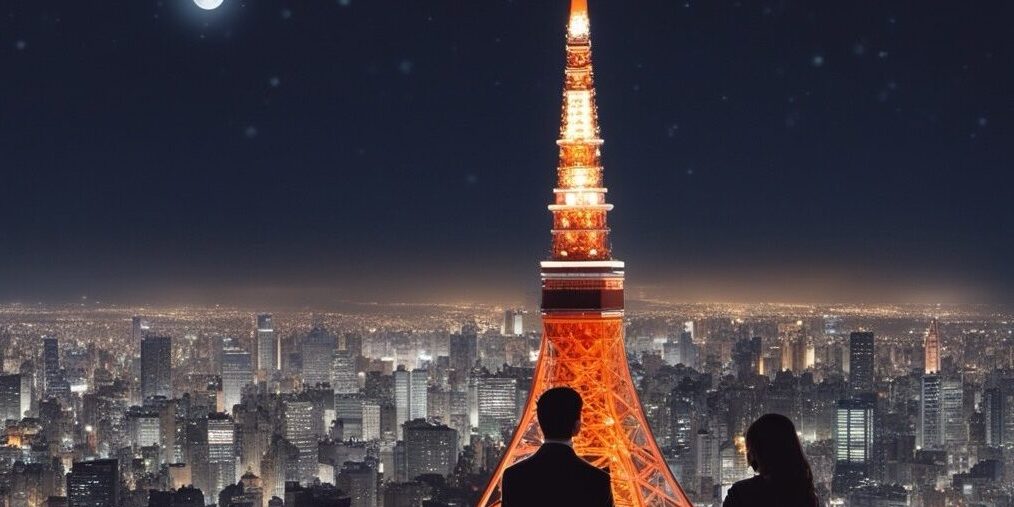Japan’s decision to build the Tokyo Sky Tree alongside the iconic Tokyo Tower may seem puzzling at first glance. After all, Tokyo Tower had been a beloved symbol of the city for over half a century, so why would Japan feel the need to construct a new, taller landmark? The answer lies in a combination of factors, including technological advancements, changing cultural trends, and the need to meet the demands of a growing population.
One of the key reasons behind the construction of the Tokyo Sky Tree was the desire to showcase Japan’s technological prowess. When Tokyo Tower was built in 1958, it was a marvel of engineering, standing at 333 meters tall and serving as a symbol of the country’s post-war recovery. However, by the early 2000s, it had been surpassed in height by other communication towers around the world. Japan’s decision to build the Tokyo Sky Tree, which stands at a staggering height of 634 meters, was seen as a way to reclaim its status as a leader in cutting-edge technology.
The Tokyo Sky Tree also represented a shift in cultural trends. As Japan modernized and urbanized, there was a growing emphasis on innovation and progress. The sleek, futuristic design of the Tokyo Sky Tree reflected this changing mindset, attracting both tourists and locals who were drawn to its unique architecture and state-of-the-art facilities. Additionally, the Tokyo Sky Tree’s location in the bustling Sumida district of Tokyo provided a new focal point for the city, further enhancing its appeal as a must-see destination.
Another factor that played a role in the construction of the Tokyo Sky Tree was the need to accommodate Tokyo’s ever-growing population. With over 37 million people living in the greater Tokyo area, the demand for communication and broadcasting services was higher than ever. The Tokyo Sky Tree was designed to serve as a multi-functional structure, housing not only broadcasting equipment but also observation decks, restaurants, and retail spaces. By providing a wide range of services and amenities, the Tokyo Sky Tree was able to attract a diverse range of visitors and help alleviate some of the strain on the city’s existing infrastructure.
Despite the challenges and complexities involved in building the Tokyo Sky Tree, the project was ultimately a success. Since opening to the public in 2012, the Tokyo Sky Tree has become one of Japan’s most popular tourist attractions, drawing millions of visitors each year. Its breathtaking views of the city skyline, combined with its cutting-edge technology and modern amenities, have cemented its status as a must-see landmark for both locals and tourists alike.
In conclusion, Japan’s decision to build the Tokyo Sky Tree alongside the Tokyo Tower was driven by a combination of factors, including a desire to showcase technological advancements, changing cultural trends, and the need to meet the demands of a growing population. By constructing a taller, more modern structure, Japan was able to reaffirm its status as a leader in innovation and design, while also providing a new focal point for the city of Tokyo. The success of the Tokyo Sky Tree serves as a testament to Japan’s ability to adapt and thrive in an ever-changing world, making it a symbol of progress and excellence for generations to come.

